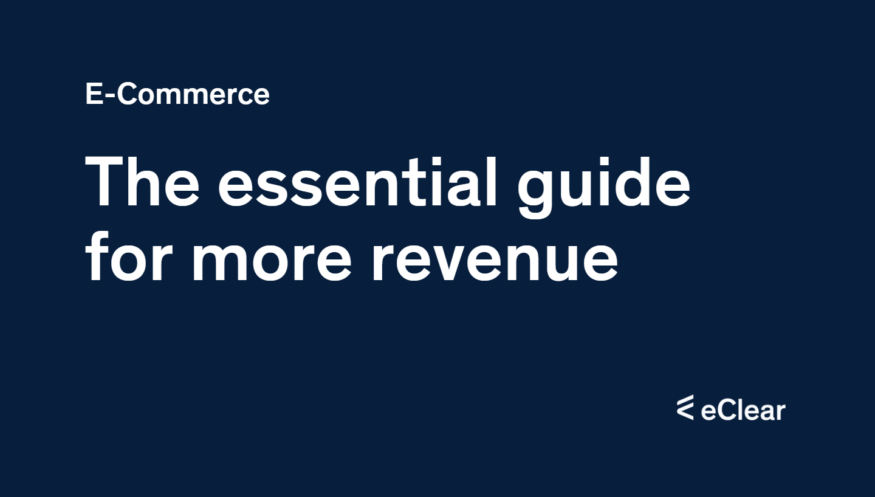New marketplaces are sprouting, and consumer expectations are also changing. How should marketers operate in a market that thrives on constant change and evolution? Let’s look at these ten proven steps to be and consistently succeed in a volatile time.
1. Customer centricity
Consumers are at the heart of retail – they know this! They expect convenient, transparent and personalised shopping experiences worth their effort – mainly their money.
But that doesn’t mean being customer-centric isn’t beneficial for the seller. Interactions with consumers on e-commerce marketplaces can directly impact sales and revenue, provided that the content is rich. Regular contact and exchange with customers are also considered a barometer: What is the mood, and what trends can be derived from it? Conceivable could be, among other things:
- Review of the return policy
- Proactive control of ratings
- Active use of social media channels
2. Content
No one likes boring online experiences. Consumers may even associate the appearance of the website or brand elements with the quality of the products. Do expensive external agencies have to provide these? Wrong! Stay relevant in the minds of consumers by applying best practices for e-commerce websites:
- Adapting the brand identity and online experiences to the target group’s expectations (e.g., using bright colours and modern slang to appeal to teenagers).
- Tidying up the pages
- Use of high-quality images with different models
- Easy website and page navigation
- Writing content that proactively addresses client questions and concerns.
3. Update product descriptions
As product data is fed into marketplaces and converted into listings, quality content can distinguish between a product that stands out and one that goes under. However, even top-quality content quickly becomes outdated, so it is essential to regularly review product descriptions to include popular search terms, among other things, or to update product improvements.
Too much of an administrative burden? Successful brands rely on robust data feeds to ensure that product information meets the exceptional standards of each market and is always up-to-date.
4. Targeted advertising
Regardless of which marketplaces are being sold, it is crucial to ensure that the full range of promotional options available is used. Since every seller is different, testing, developing and measuring targeted advertising strategies that work individually for the company and its products is essential.
At Amazon, this means creating campaigns for sponsored brands and products or product display ads and using keyword reports to identify new keywords, experiment with bids and target competitors’ ASINs.
5. Adjust pricing to the competition
The modern consumer knows how to buy the same product at different prices, which means it is no longer just the item details and imagery that attract attention. Developing a dynamic pricing strategy is critical to success in the marketplace. To stay competitive, consider the following:
- Automatic price adjustment, where prices are automatically adjusted to the current competitive situation. The best way to do this is to use a system or tool that adjusts competitive prices across all channels to keep pricing consistent across all marketplaces.
- Velocity pricing, where product prices are adjusted in real-time based on sales trends. Whether achieving a higher profit margin on high-turnover products or lowering prices when sales slow down, this technology makes it easier to achieve sales targets.
6. Fulfilment tasks
Fast and inexpensive fulfilment is vital to being genuinely successful in e-commerce marketplaces. However, in the age of same-day deliveries, this can also be incredibly costly and time-consuming. Managing fulfilment across different marketplaces can become very complex, but many platforms offer their services, including Fulfilment by Amazon (FBA).
If your fulfilment activities consist of spreadsheets and manual tasks, it’s time to put things on autopilot. The more automated, the shorter the delivery times and the lower the shipping costs. Successful sellers often use the:
- intelligent order routing to select the fastest and cheapest delivery method for each order
- Automated inventory management to ensure that stocks remain up to date for every order across multiple marketplaces
- Automatic tracking to mark parcels as “shipped” as soon as delivery is initiated
7. Competitor monitoring
Amazon has almost 2 million sellers, all vying for the same consumer attention. To compete, it is necessary to have a closer look at the competition and its activities:
This is especially true on Amazon, where the ability to spot small changes instantly can make all the difference. Some marketplace management solutions automatically collect key competitor metrics into a competitor dashboard that allows you to,
- Identifying opportunities to improve buy-box performance
- Control of the average number of competitors per ASIN
- Stay up to date on the top sellers offering the same or similar products
- Keep track of the top 100 Amazon sellers in each category at all times
- Recognise when it is time to act on MAP and proprietary ASIN breaches
- Development of an offensive strategy for product targeting/competitor targeting
8. Salesfloor “social media”
Worldwide, internet users now spend an average of 2 hours and 27 minutes daily on social media. It makes sense to reach them there with advertising and offer them an easier way to buy. Social commerce is especially prevalent among younger shoppers, and 58% of 18-25-year-olds have researched products on Instagram.
In addition, social commerce is an e-commerce best practice that not only gives your customers another place to buy. It also allows connecting directly with consumers searching for products that match their interests and lifestyle.
9. Monitor performance
Running an e-commerce business based on reliable data, not guesswork. Tracking performance in each marketplace or investing in brand analytics software provides insights and the benchmarks needed to identify areas for growth and improvement. E-commerce performance data in the following categories are beneficial:
- Assortment and availability
- Prices and promotions
- Product search function and digital shelf: ensuring that customers find products by identifying the share of top-of-page products, the percentage of searches for brand and category terms, and the share of sponsored results for priority search terms.
- Content and ratings: Ensure that content provides an additional service function by demonstrating metrics such as average customer rating, length of content title and description, number of images on the page and percentage of pages with full content for each product.
10. Expansion on new marketplaces
If an e-commerce business is to be seriously expanded, expanding to new marketplaces is necessary. The key is determining which marketplaces best fit one’s product catalogue. One may have to move beyond the big players and into niche marketplaces to get the products to the right customers. Or it may be time to sell to international customers via options like Amazon Global Selling and eBay Global Shipping.
In any case, a strategy should be developed to ensure marketplace management is manageable. For most e-commerce businesses, the simplest solution is to rely on a central platform built to integrate with dozens of different marketplaces for optimised offers, fast-fulfilment and more.
Source: channeladvisor.com







